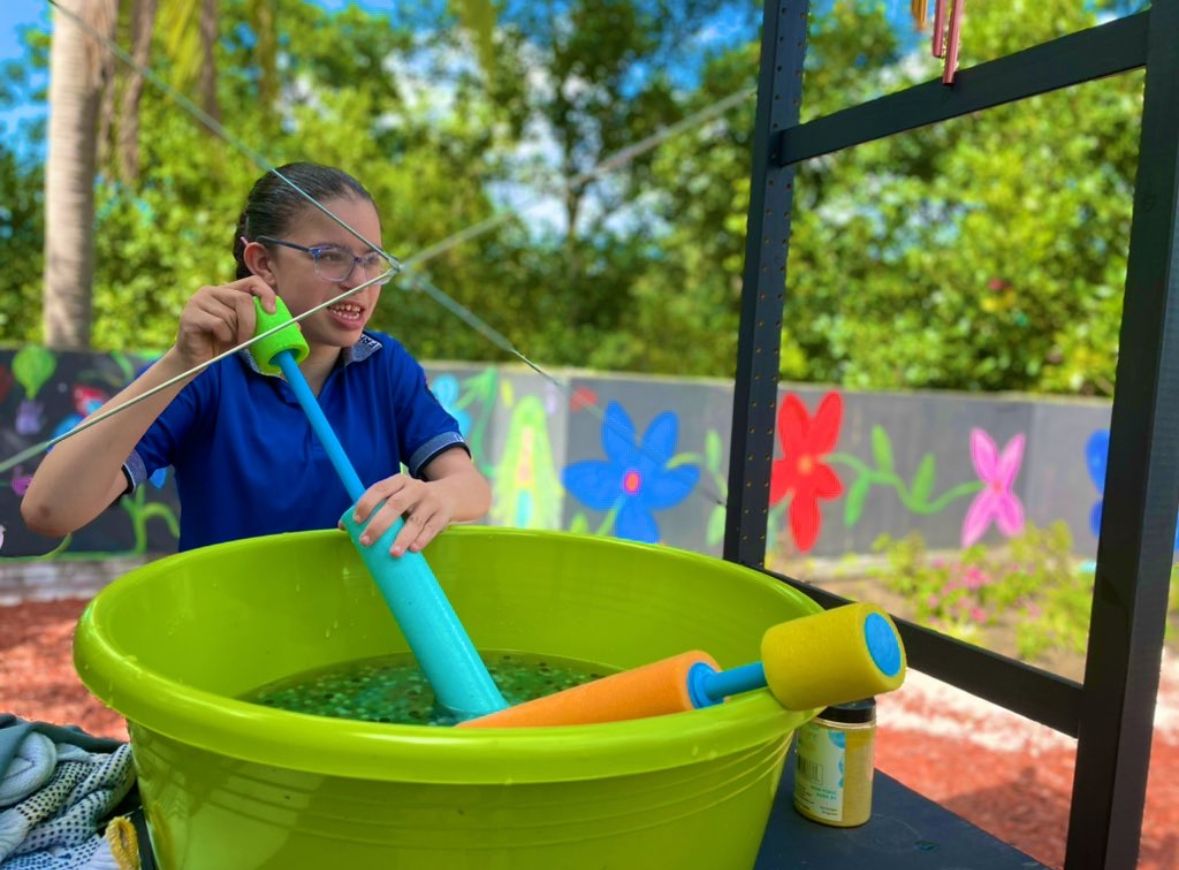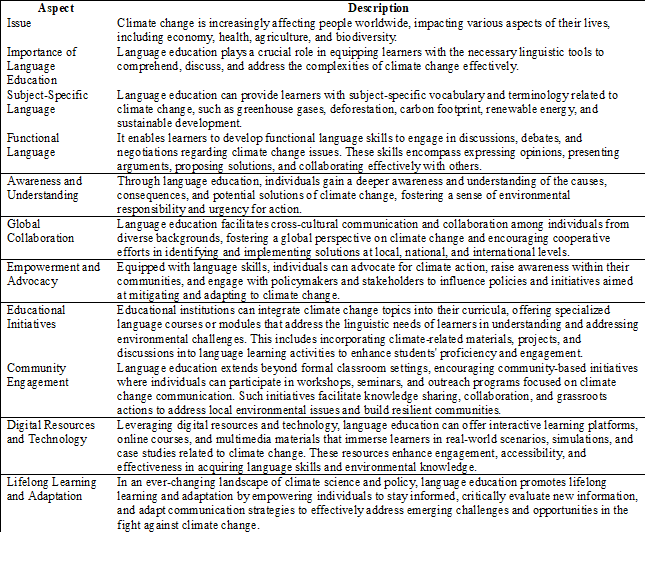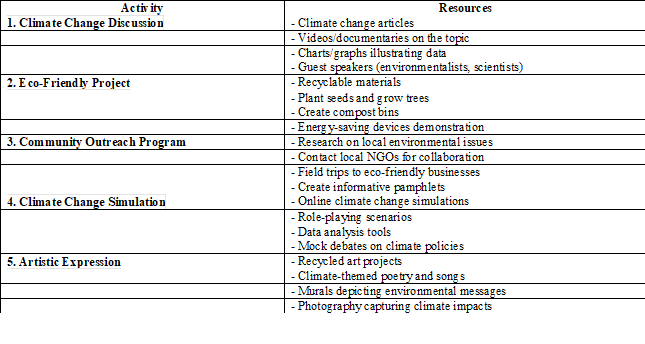Creating a sensory garden on a school green roof was a wonderful strategy to involve my students with disabilities in climate change education. By incorporating sensory elements such as diverse textures, colors, scents, and sounds, the garden can provide a stimulating and inclusive learning environment.
This hands-on approach allows students to engage directly with nature, fostering an understanding of plant life cycles, biodiversity, and the role of green spaces in combating climate change. Integrating the garden into the curriculum through activities like planting, watering, and observing growth not only teaches responsibility but also makes the topic of climate change tangible and relevant. Ensuring accessibility with features like raised beds and clear pathways and involving the broader school community through events and workshops, can further enhance the educational impact and promote a collective commitment to sustainability.










